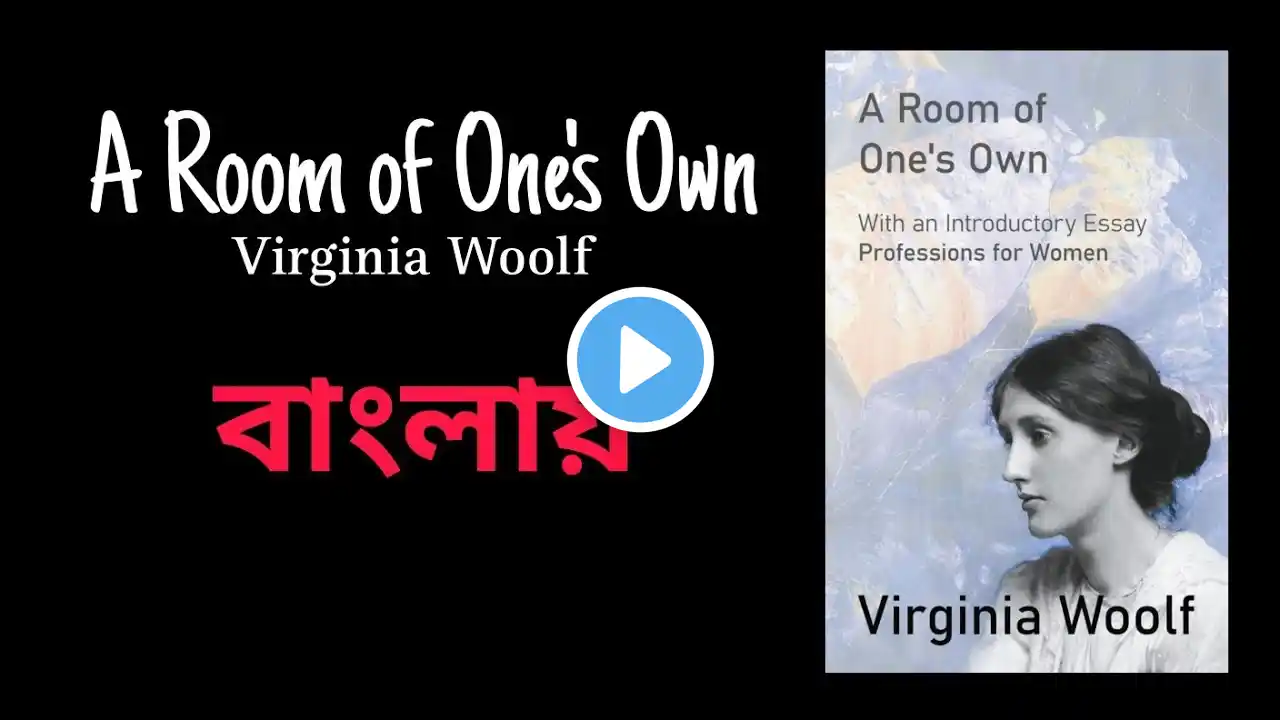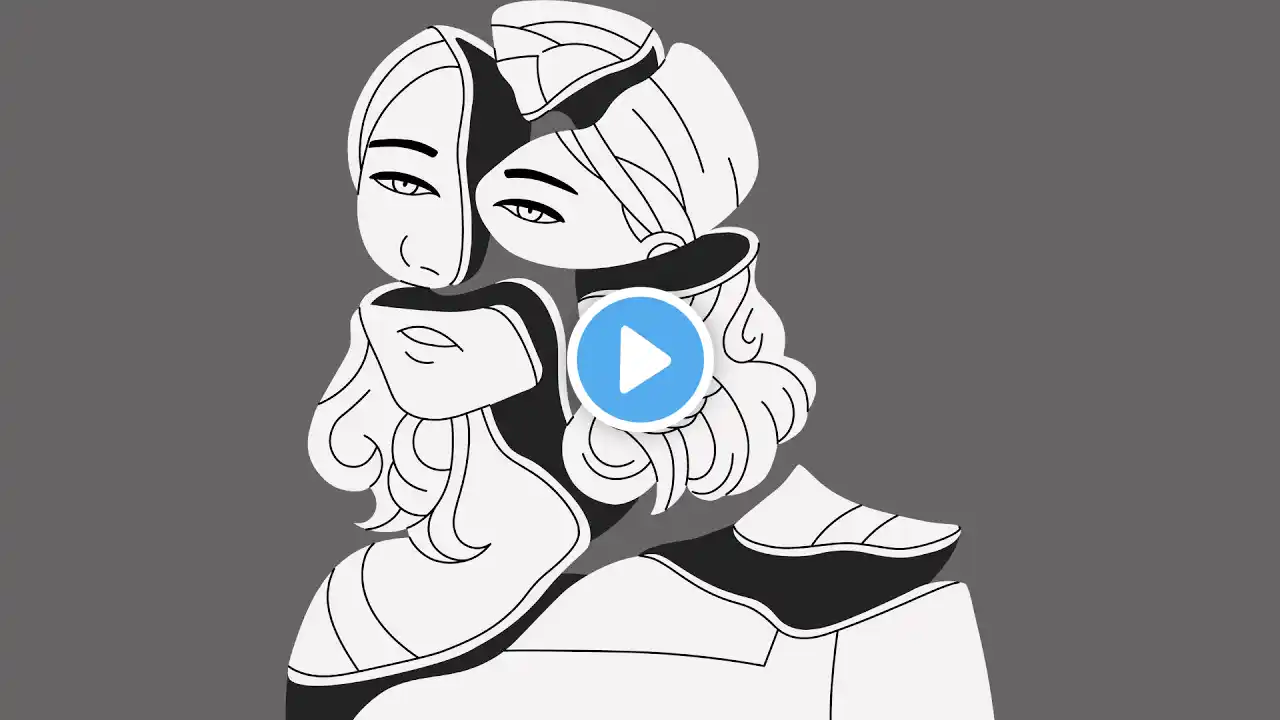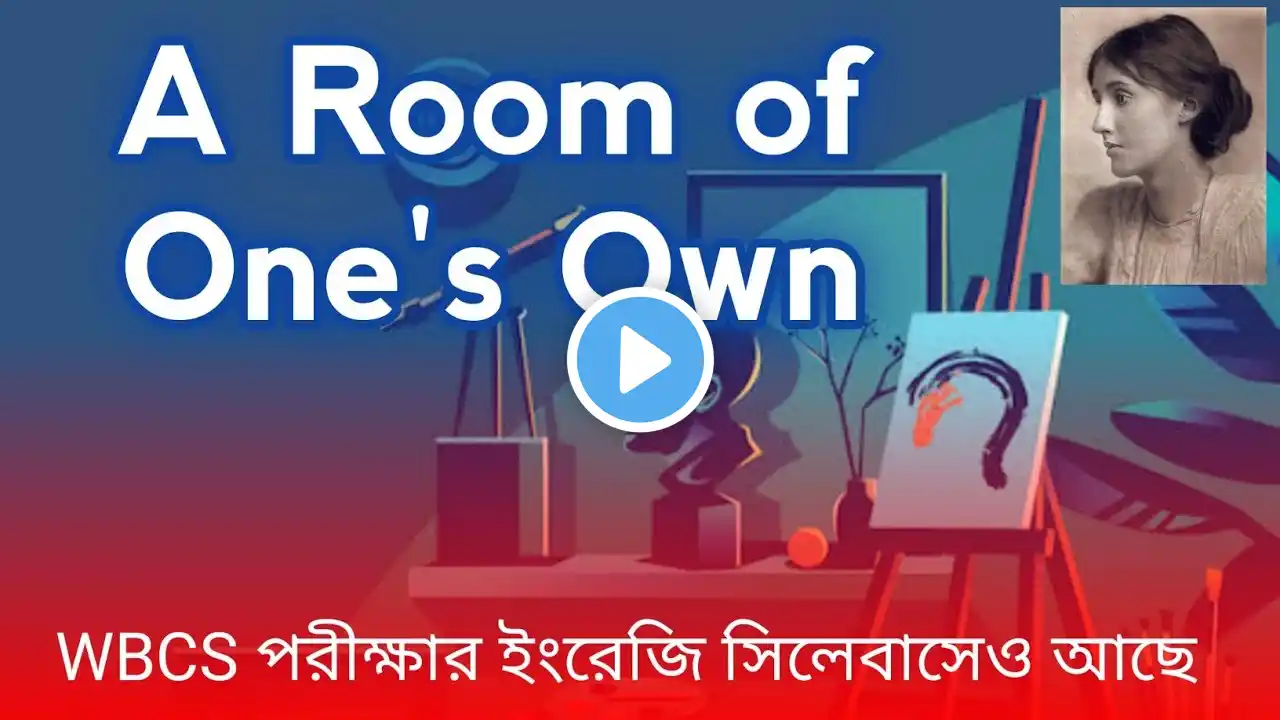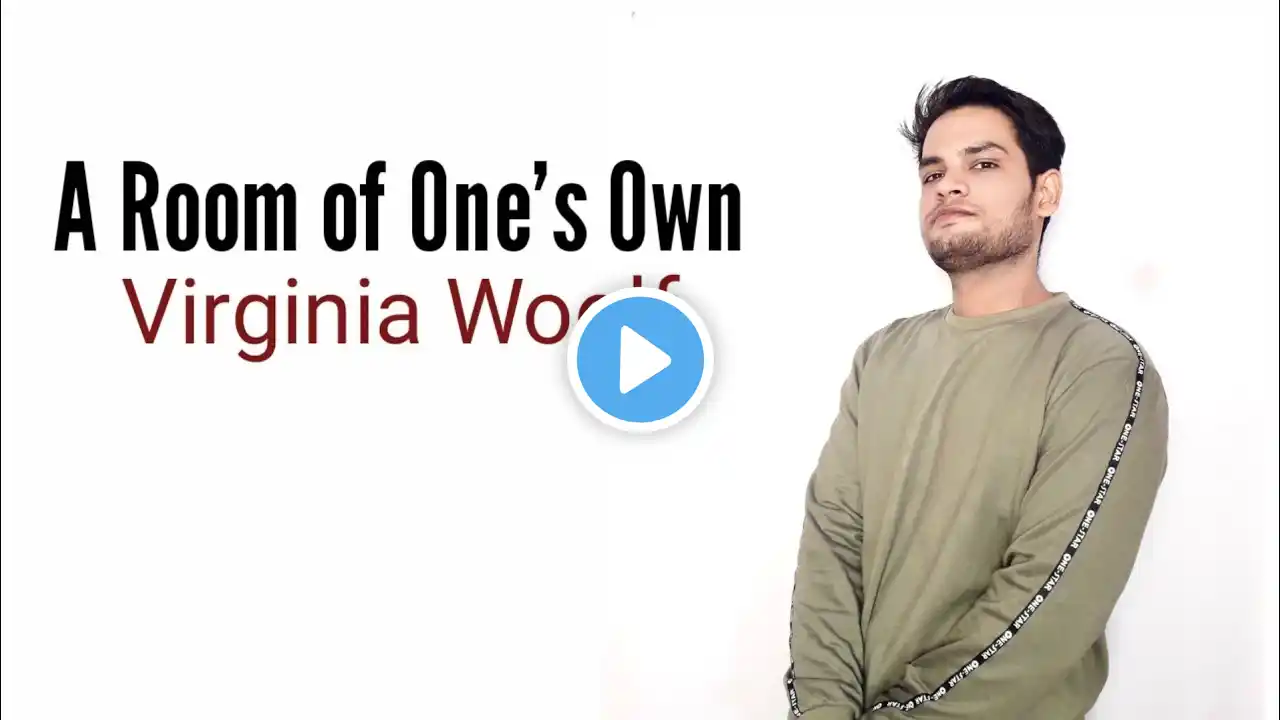
Shakespeare's Sister summary in tamil From: A Room of once own / Shakespeare' Sister - Virginia
A Room of One's Own(Shakespeare's Sister)-Essay Virginia Woolf in "A Room of One's Own" analyses the plight of women artists from the Elizabethan age to our own time. Prof Trevelyan draws attention to the sufferings of women in The Elizabethan Age. During the Elizabethan Age, a girl had no right to choose her husband herself. She has to accept the man chosen for her by her parents. Child marriage was thrust upon a little girl when she was scarcely out of the nurse's charge. She was the property of her husband. These were unpleasant facts about women in the Elizabethan Age. Virginia Woolf says that, in all ages, women have been relegated to the background by men. Women artists in particular have had an uphill task. To convey the sufferings of a woman artist vividly Virginia Woolf portrays Shakespeare's imaginary sister, Judith. Shakespeare went to the local grammar school where he picked up small Latin and less Greek. But Judith might have been denied even these rudiments. She might not have been sent to any school. She might have had an artistic bent. As a result, running away to London to realize her dream of becoming an actress and a novelist. Some brutal actor-cum-theater manage might have taken advantage of her helpless state and seduced her and got her with child. She might have put an end to her disgrace by committing suicide. Only disgrace and death awaited the young girl aspiring to become an artist in the male-dominated Elizabethan death awaited the young girl aspiring to become an artist in the male dominated Elizabethan age. Virginia Woolf further says that women artists faced hardship in the nineteenth century also. To maintain their chastity, many women novelists had either to remain anonymous or write under male pseudonyms. Currer Bell, George Sand and George Eliot were women novelists who hid their identity by using the names of men and escaped criticism by angry male readers. Male writers like Keats, Flaubert and Carlyle were subjected to most agonizing discouragement. They could pour out their bitterness and disappointment in their letters and autobiographies. But women artists did not resort to such outlets. They had to bottle-up their disappointment. The female artists had to face not merely indifference but also most sinister hostility. Virginia Woolf says that men are positively hostile towards women who want to get educated and outshine male students. Prof. Oscar Browning was and eminent man. But he was prejudiced against the women whose papers he valued. He said that the best female student was intellectually inferior to the worst male students. He never spoke encouragingly of women. Greg said that women were meant to 'be supported by, and minister to men'. Cecil Gray compared a women's composing of music to a dog's walking on its hind legs. Thus even in the twentieth century men mock at women artists. they discourage women trying to shine in spheres which are normally dominated by men. Thank you for watching, keep supporting; Literature Flare


















